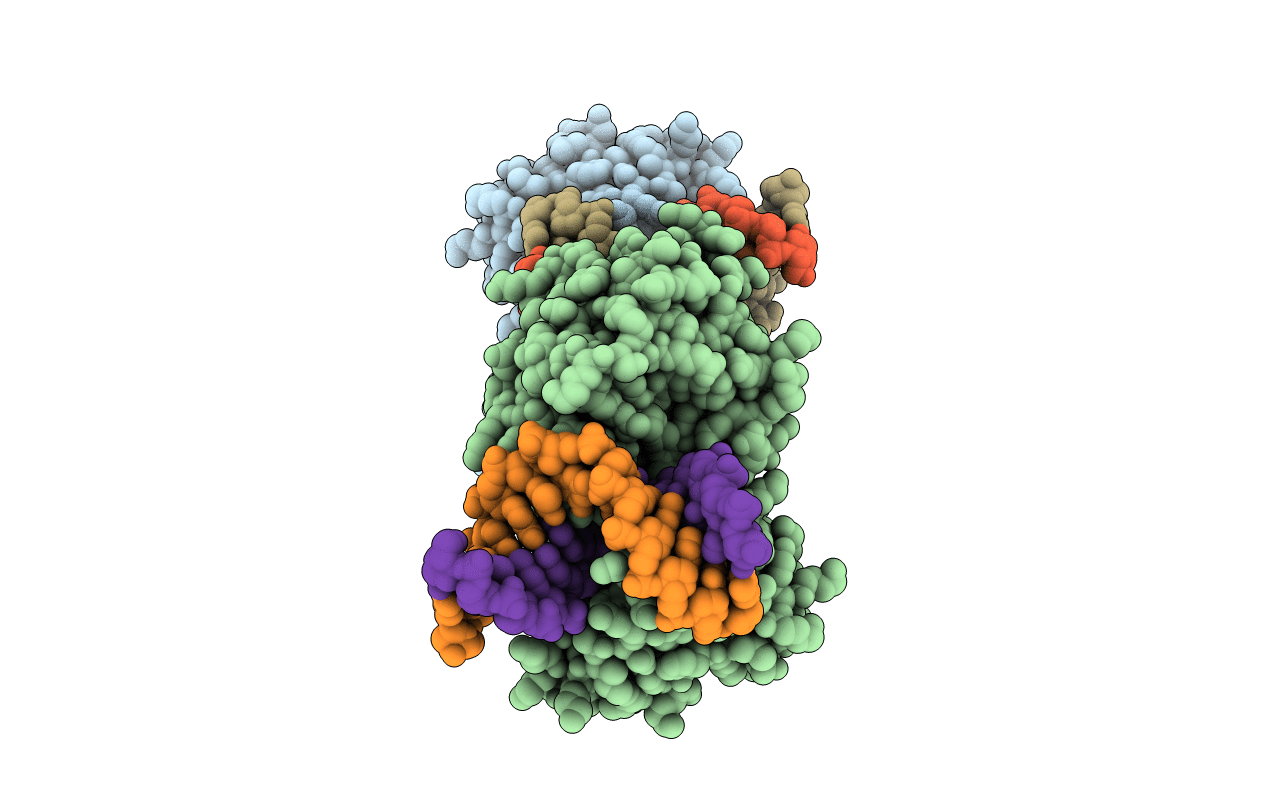
Deposition Date
2011-11-10
Release Date
2011-12-14
Last Version Date
2023-11-08
Entry Detail
PDB ID:
3VK7
Keywords:
Title:
Crystal structure of DNA-glycosylase bound to DNA containing 5-Hydroxyuracil
Biological Source:
Source Organism:
Acanthamoeba polyphaga mimivirus (Taxon ID: 212035)
Host Organism:
Method Details:
Experimental Method:
Resolution:
2.10 Å
R-Value Free:
0.26
R-Value Work:
0.21
R-Value Observed:
0.21
Space Group:
P 1 21 1


